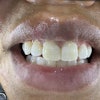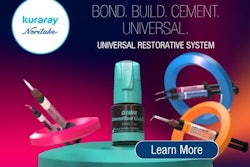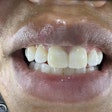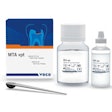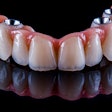This week's clinical tip courtesy of CDOCS is brought to you by Dr. Darin O'Bryan, who is focused on helping you with your oral surgery techniques.
Video transcript
"Hi, I'm Dr. Darin O'Bryan with your CDOCS Tip of the Day. In this tip, I want to talk about sectioning teeth for oral surgery. When you've got a multirooted tooth, you're going to have to section a lot of times to be able to get the tooth out as atraumatically as humanly possible. The downside is the technique typically taught is to come from the crown down.
"Instead, what I learned was to actually come from the furcation up. So you start your sectioning down in the furcation and then bring your surgical drill up to the occlusal surface. This allows you to know exactly how far down you have to go. Now, if you're not -- if you're doing a case for, say, an implant down the road -- you're trying to preserve that crustal bone, what you're going to want to do is make a flap. You don't have to do a full-thickness flap, just do an envelope flap so you can see the crest, see where the furcation is, and then place your bur down in that furcation, drawing up from there all the way through the occlusal surface. And then you just work your way back lingually. That way, there may still be some tissue left or some tooth structure left at the very base of the furcation, but this gives you a good mark to know where you're at.
"From there, now you can come down through the slot you created through the tooth and remove the rest of that furcation of the tooth, and you'll know when you get through because the tooth doesn't bleed, but bone does.
"So once you get through that tooth structure, the bone will start to bleed, and now you know you're in a good position if you can't get or don't feel comfortable getting complete sectioning. The other advantage to having that furcation exposed is when you go to place your elevators in instead of placing it in the coronal structures and trying to lever, actually drive it down into that furcation. That way, all of your force is going apically into the furcation of the root instead of up onto the coronal structures and to be less likely to have the coronal structures break off, leaving you with a root tip or root piece that you now have to get without anything to grab a hold of. So it gives you a better purchasing point as well once you expose that furcation to get your elevator in there to then separate that route.
"I hope that tip helps."

